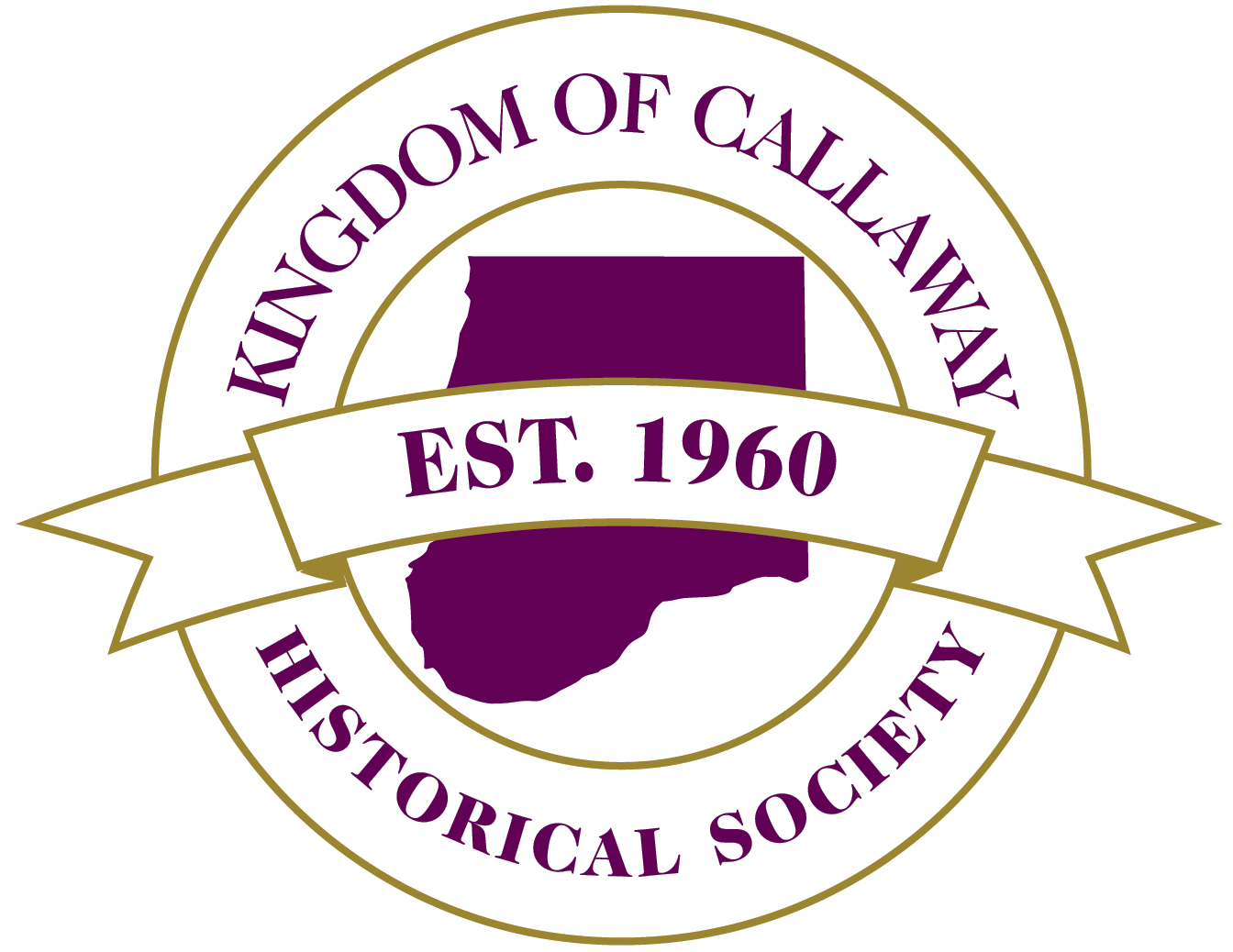Church of St. Mary the Virgin, Aldermanbury
What is the oldest building in Callaway County?
The Church of Saint Mary the Virgin, Aldermanbury, home of the America’s National Churchill Museum
Although the (re)dedication of the Church of Saint Mary the Virgin, Aldermanbury occurred only 55 years ago on May 7, 1969, its history dates back to the late 11th or early 12th century and the construction of a medieval parish church in London, England. This first church prospered along with the growing city, survived the social upheaval of the English Reformation and Restoration, and by the 17th century, had become an important Puritan parish when, in September 1666, it was destroyed by the Great Fire of London.
In the aftermath of the fire, King Charles II engaged Sir Christopher Wren to rebuild 52 churches, including St. Paul’s Cathedral. The Church of Saint Mary the Virgin, Aldermanbury was the ninth church to be reconstructed. Using part of the original foundation and as many of the stones as could be salvaged from the rubble, the Wren church was completed in 1677 and remained an active house of worship until December 29, 1940 when an incendiary bomb dropped by the Germans during the Blitz reduced the structure to ruins, leaving only the exterior walls, eight columns and a bell tower.
In 1961, led by President Dr. Robert L. D. Davidson, Westminster College was seeking a way to commemorate Sir Winston Churchill’s “Iron Curtain” speech delivered on campus during his 1946 visit. A Life magazine article on Wren churches bombed during the war and slated for demolition prompted an extraordinary idea: the college would remove, transport, and reconstruct one of the ruined churches to serve as a memorial to Churchill and as a needed college chapel. Churchill himself commented that he was honored by the project, calling it “an imaginative concept”. Others were not so positive; one British newspaper dismissed it as “ a sentimental extravagance” and “an eyesore” that the city of London would be happy to be rid of. Fortunately, many on both sides of the Atlantic supported the project. After four years, necessary permissions had been obtained from the British government and church hierarchy, 1.5 million dollars had been raised and the restoration project began in earnest with the cleaning, removal, and labeling of 7,000 stones to be reassembled on the Westminster campus. On April 19, 1964, former President Harry Truman, surrounded by stones flown in from London especially for the occasion, turned the first shovel of dirt, symbolically announcing the reconstruction phase of the project.
Characterized by the London Times as “perhaps the biggest jigsaw puzzle in the history of architecture”, more than 650 tons of material were shipped to Virginia at no charge because it had been classified as ballast. From there, it was transported across the country by rail, some stones temporarily sidetracked and potentially lost but for the curiosity of a railroad employee, until finally arriving in Fulton with the carefully labeled stones in total disarray. For workmen ready to begin rebuilding the church, the project did indeed resemble a giant puzzle as they searched for an entire day through stones laid out on an acre of land before finding the first two they needed. Exterior reconstruction was completed in 1966 with an additional two years devoted to recreating the interior in anticipation of the (re)dedication of the church in 1969.

